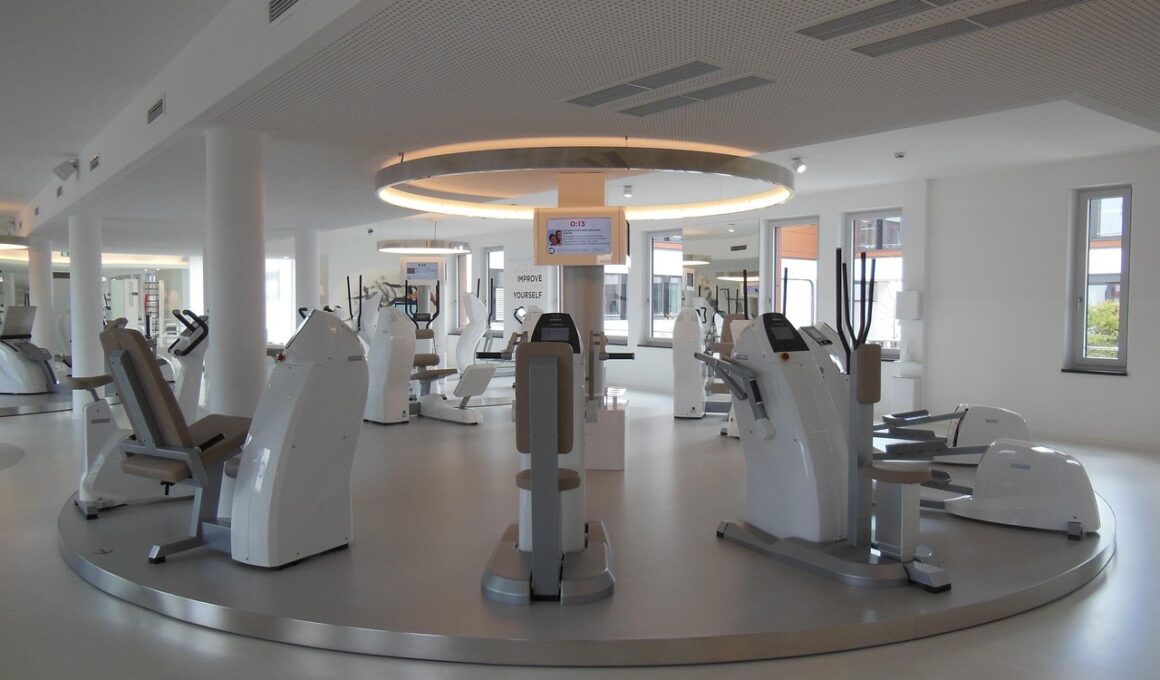HIIT vs. Circuit Training: Understanding the Differences
When it comes to effective workouts, both HIIT and circuit training have gained immense popularity. High-Intensity Interval Training (HIIT) is a training technique that alternates between intense bursts of activity and fixed periods of less-intense activity or even complete rest. This kind of training is designed to get your heart rate up and burn significant calories in a short period of time. Circuit training, on the other hand, involves a series of exercises performed in rotation with minimal rest, effectively combining strength training and aerobic conditioning in one workout. Both methods aim to keep the heart rate high. The primary distinction lies in the focus and execution of each approach, catering to varying fitness goals. This article explores their fundamental differences, best practices, and what you can achieve with each style, making it easier to choose the right fit for your fitness regimen.
HIIT workouts are generally shorter, often lasting anywhere from 10 to 30 minutes. This method maximizes calorie burn due to its intensity and the afterburn effect known as Excess Post-exercise Oxygen Consumption (EPOC). EPOC means you continue to burn calories even after your workout ends. This is ideal for people looking to lose weight effectively in a limited time. On the other hand, circuit training can last longer, often extending beyond 30 minutes, and focuses on muscle conditioning along with cardiovascular fitness, making it suitable for those seeking to build strength and endurance. During circuit training, participants progress through a sequence of exercises targeting various muscle groups, promoting a balanced workout. It’s crucial for anyone considering these two forms of training to evaluate their personal fitness goals and preferences before committing to one style, as both have unique benefits tailored to different outcomes.
Intensity Levels: HIIT vs. Circuit Training
HIIT is characterized by its high intensity, which can vary depending on the individual’s fitness level. Participants push themselves close to their maximum capacity for a brief period, followed by short recovery intervals. The effort level, combined with timed intervals, pushes the body to adapt and improve rapidly. In contrast, circuit training features moderate intensity, focusing on performing various exercises with controlled form. Though it can still be physically challenging, circuit training allows for longer, steadier engagements. This gradually builds endurance over time, making it an excellent choice for beginners or those returning from injuries. Both methods offer numerous benefits, including improved cardiovascular health, enhanced metabolic rate, and increased strength. Understanding the intensity levels and workout structures helps individuals align their chosen method with their current fitness level and long-term goals.
Another notable difference between HIIT and circuit training lies in the focus of muscle engagement. HIIT workouts primarily target major muscle groups with dynamic movements, often using body weight or minimal equipment. These exercises aim to work the entire body in short bursts of activity, leading to improved explosive strength and power. In contrast, circuit training typically divides the session into specific stations featuring targeted muscle groups. Participants circuit through various exercises like weightlifting, bodyweight exercises, and core stabilization moves, allowing for a comprehensive strength workout. The focus is more on building endurance and strength diversity across muscle groups. Therefore, individuals should consider what type of strength or muscle conditioning they wish to achieve when choosing between the two training styles.
Calorie Burn and Post-Workout Effects
The calorie burn in HIIT sessions often surpasses that of circuit training due to its intensive nature. While HIIT workouts can burn up to 30% more calories after a session compared to steady-state exercises, the total calorie expenditure can be substantial. This occurs because HIIT boosts the metabolic rate and pushes the body to utilize stored fats as energy during and after workouts. Conversely, circuit training leads to consistent caloric burn during the workout but does not typically sustain the same elevated post-exercise calorie expenditure. Participants should weigh these factors when deciding their workout approach for fat loss or maintenance purposes. HIIT is often considered the go-to method for those with limited time aiming for significant results, while circuit training finds its place in longer, more holistic workouts focusing on overall fitness milestones, strength gains, and endurance.
Both HIIT and circuit training offer flexible workout structures that can cater to various fitness settings, whether at home, the gym, or outdoors. HIIT routines may require little to no equipment, allowing for adaptations based on personal needs. This method can involve simple exercises such as sprints, burpees, or jump squats. Circuit training, however, generally requires multiple pieces of equipment or machines, though bodyweight routines are also effective. Designing a circuit might incorporate exercises like push-ups, lunges, kettlebell swings, and planks, benefiting all fitness levels. The adaptability of both training styles provides individuals the opportunity to tailor workouts according to their preferences, fitness environments, and available time, ensuring they remain not only effective but also enjoyable for sustained engagement.
Choosing the Right Fit for You
In conclusion, choosing between HIIT and circuit training hinges on your personal fitness objectives, level of experience, and how much time you can dedicate to workouts. For rapid weight loss and quick sessions, HIIT is an effective hack, while circuit training is excellent for overall strength and muscular conditioning. For those seeking variety, integrating both methods into your regime can yield optimal results, balancing strength, endurance, and calorie burn. Professional advice from fitness trainers may also enhance decision-making in terms of choosing the right workout. Monitoring progress and adjusting your routine as your fitness levels change is a crucial element for continued motivation and progress. For anyone new to exercise, building up gradually with either style will facilitate long-term success while minimizing injury risks.
Ultimately, maintaining a well-rounded fitness routine can lead to profound health benefits. A combination of HIIT and circuit training may help diversify workout sessions and alleviate potential boredom. The exploration of personal fitness preferences alongside consultant support can create an engaging, productive fitness journey. Embrace these versatile training styles in your routine, consider your body, and enjoy the process of discovering which workout aligns best with your goals. This way, you can make informed decisions while building a sustainable exercise program that fits your lifestyle. Remember to consult with fitness professionals, listen to your body, and prioritize safety while embarking on your fitness journey.


